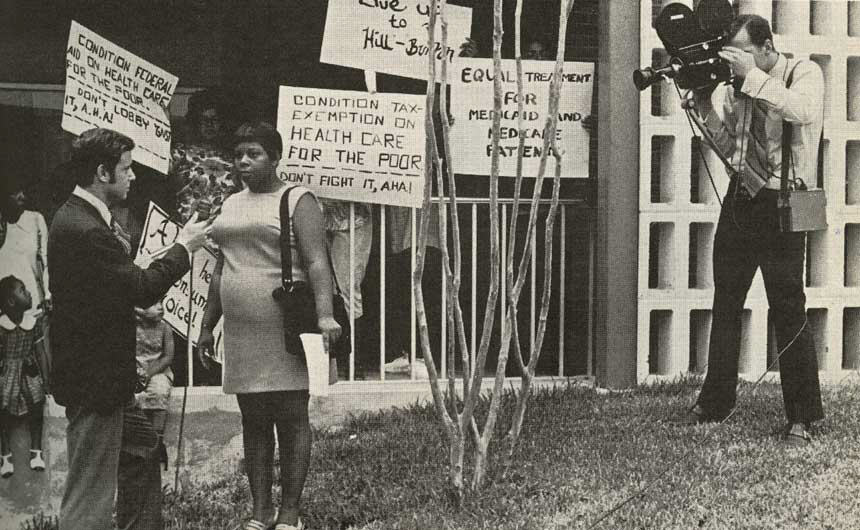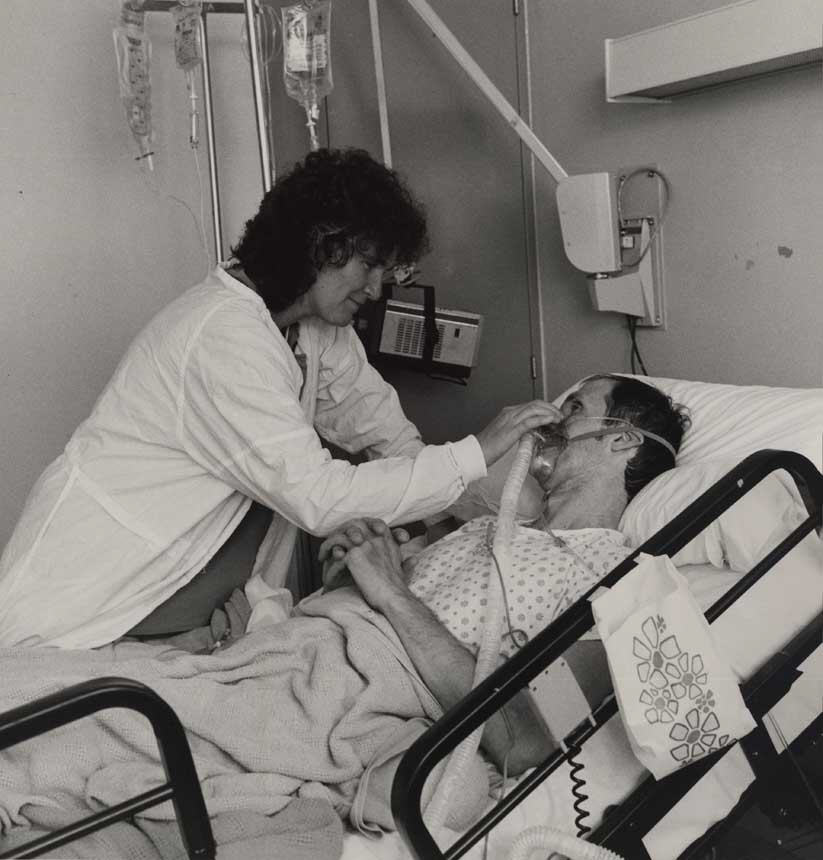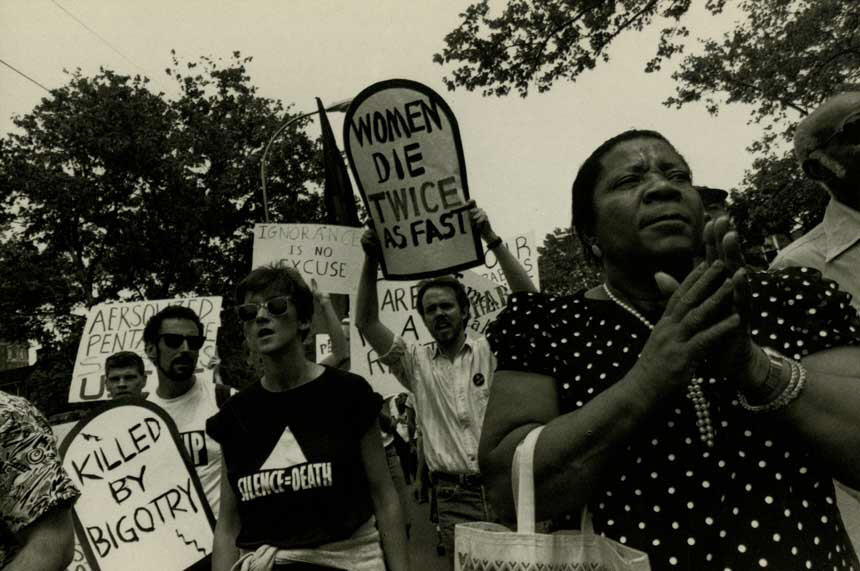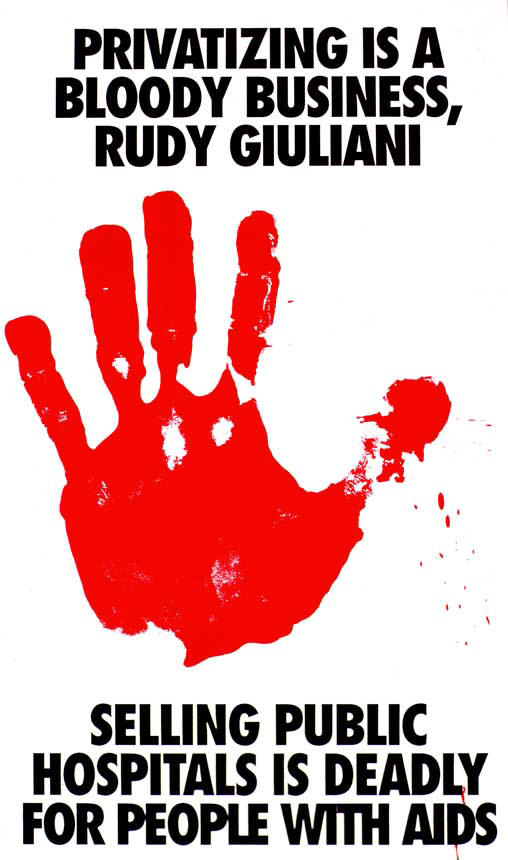Since the 1960s, social movements have defined health rights as essential to ending the second-class status of marginalized groups.
The feminist health movement advanced a powerful critique of traditional medicine, insisting on women’s knowledge and control of their own bodies. Disability rights activists fought discrimination, and the AIDS movement transformed medical research and drug development while defending the civil and human rights of communities devastated by the epidemic.
-
First edition of Women and Their Bodies course book, produced by the Boston Women’s Health Collective, 1970
Courtesy The Boston Women’s Health Book Collective
Feminist health activism transformed the medical system. A new kind of medical expertise emerged, based on women’s knowledge of their own bodies and a feminist critique of male-dominated medicine.
Geraldine Smith of the National Welfare Rights Organization speaks to a reporter about her appearance before the American Hospital Association, 1970
Courtesy National Library of Medicine
Poverty advocates insisted that poor people and Medicaid recipients be treated with dignity and respect by the medical system. In 1970, members of the National Welfare Rights Organization picketed a meeting of the American Hospital Association, demanding that hospitals receiving federal funding fulfill their obligations to accept patients regardless of income.
Activists supporting Section 504, a federal law to ban discrimination against the disabled, sit-in for 3 and a half weeks at the San Francisco office of the Department of Health, Education, and Welfare, 1977
Photograph by HolLynn D’Lil
As the disability rights movement fought discrimination against disabled Americans, they also demanded the expansion of home and community based services, and equal access to medical care and insurance.
Nurse Diane Jones treats a patient with AIDS at San Francisco General Hospital, 1984
Courtesy Gypsy Ray
Activist nurses and physicians developed new patient-centered models for AIDS care, and partnered with community groups to defend the rights of people with AIDS.
Members of the group ACT UP demand improved AIDS care at Kings County Hospital, New York, 1989
Courtesy National Library of Medicine
In response to the devastating AIDS epidemic in the 1980s, people with HIV/AIDS and their supporters organized a powerful social movement that fought for speeding the approval of new drugs and treatments, and access to care.
Poster defending New York City’s public hospital system against attempts at privatization, 1990s
Courtesy National Library of Medicine
Activists argued that people with AIDS, especially the poor, depended on public medical services for their survival.








